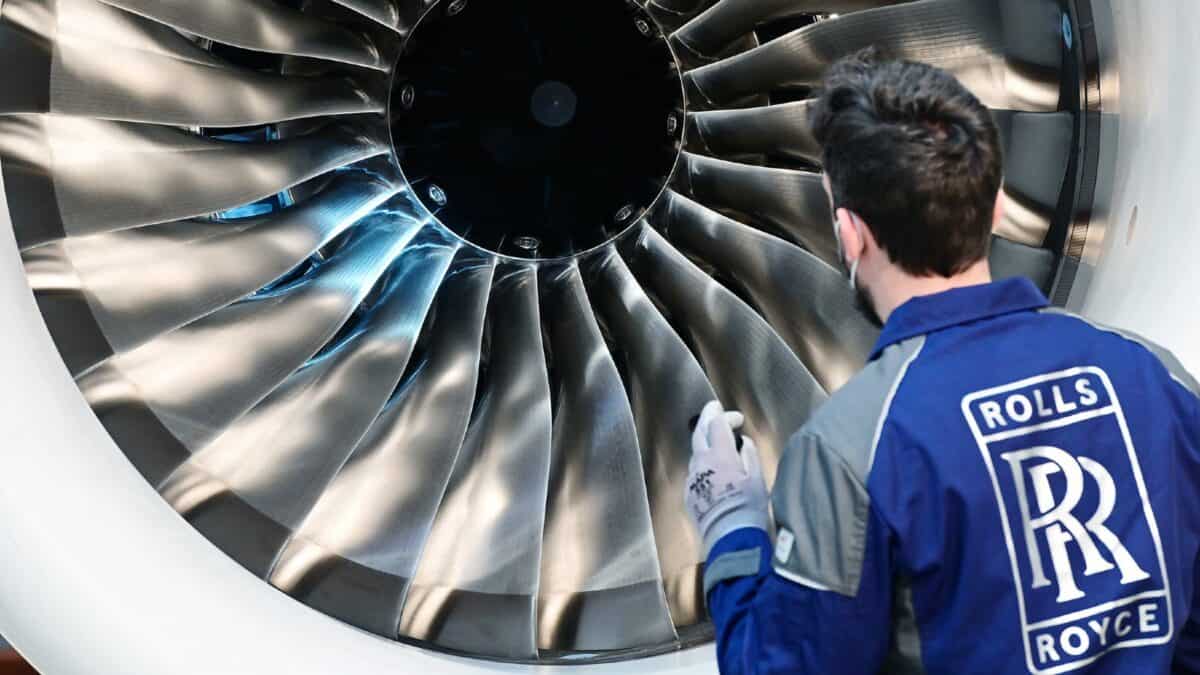Many investors may feel uncomfortable buying Rolls-Royce (LSE:RR) shares after the stock surged more than 300% over the past 16 months. After all, billionaire investor Warren Buffett tells us to “be fearful when others are greedy”.
However, it’s also the case that sound investment research can lead us to the right investment decisions, regardless of a stock’s previous performance. So, why do I believe Rolls-Royce shares could push higher in 2024? Let’s explore.
Momentum
Ok, I appreciate it’s contrary to Warren Buffett’s early teachings. However, momentum has been proven to be one of the strongest indicators of forward performance.
That’s not to say we should invest in a surging meme stock. Momentum can tell us when investor sentiment is strong, and that can be hugely beneficial.
Earnings growth
Rolls-Royce saw its earnings collapse during the pandemic. That’s because the company’s largest business segment is civil aviation and it earns money through engine flying hours.
However, partially due to the better-than-expected recovery in civil aviation and a cost-cutting programme, the company’s earnings growth is looking very strong.
In fact, including this current year — remember we’re starting from a low bar — earnings per share (EPS) are expected to grow at 71.9% throughout the medium term.
However, even when we exclude the fact that 2022 was still very much pandemic-era performance, growth is still very strong.
Here’s what the market is expected of Rolls going forward.
| 2023 | 2024 | 2025 | |
| EPS | 9.99 | 11.67 | 15.19 |
As we can see, growth is expected to be remarkably strong throughout the years noted.
Valuation metrics
The standout valuation metric is the price-to-earnings growth (PEG) ratio of 0.48. Considering fair value is normally indicated by a value of one, we can deduce that Rolls-Royce is undervalued by as much as 52%.
Personally, I think that figure is slightly skewed by the previously noted low bar and resultantly high growth forecast. Nonetheless, with a forward price-to-earnings (P/E) ratio of 30 and growth rate around 16.6%, Rolls still looks good value to me, albeit without a super strong PEG ratio.
However, here comes the caveat. At 30 times earnings for 2023, Rolls is more expensive than most of its peers across all three of its main business segments; civil aviation, defence, and power systems.
If the British engineering giant doesn’t deliver the growth analysts have forecasted, the stock could plummet. That’s the risk, although I’d still back Rolls to deliver after outperforming in 2023.
The bottom line
Rolls-Royce can be seen as something of a defensive stock. That means it’s a company that can continue to perform well even if the market or the economy isn’t too strong.
So, why is that? Well, it operates in three sectors, and all of them are fairly resilient. Travel has cemented itself as a consumer staple since the pandemic, defence industries are booming, and its power systems are facilitating the future of power generation.







